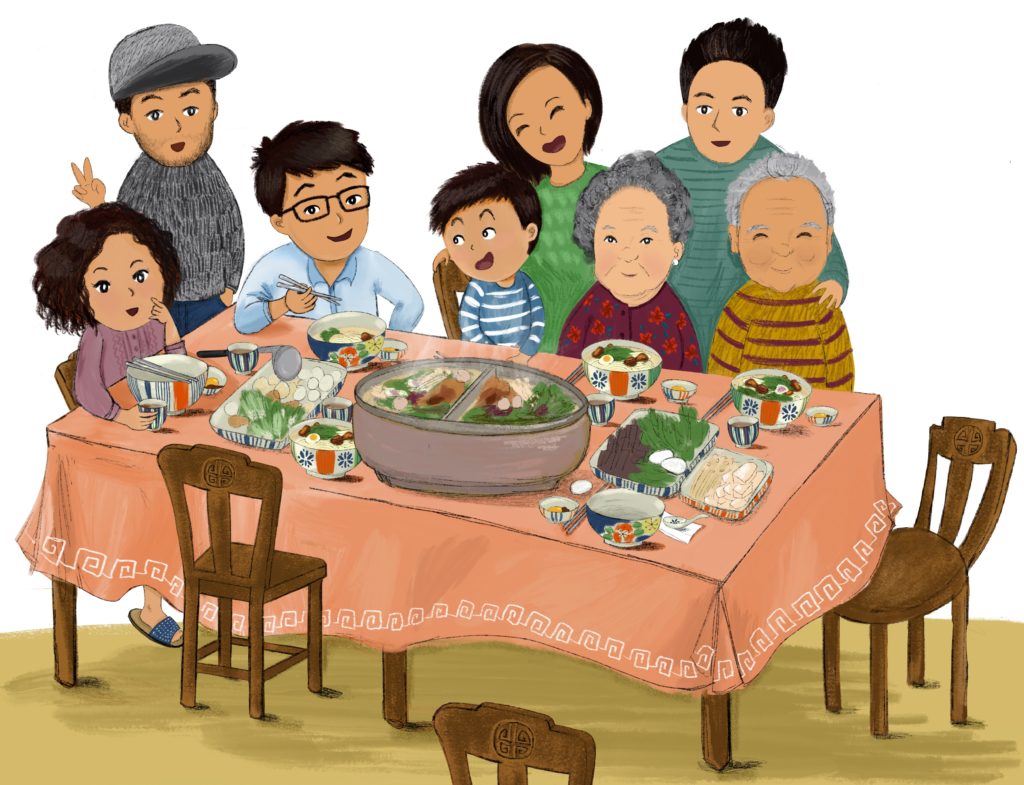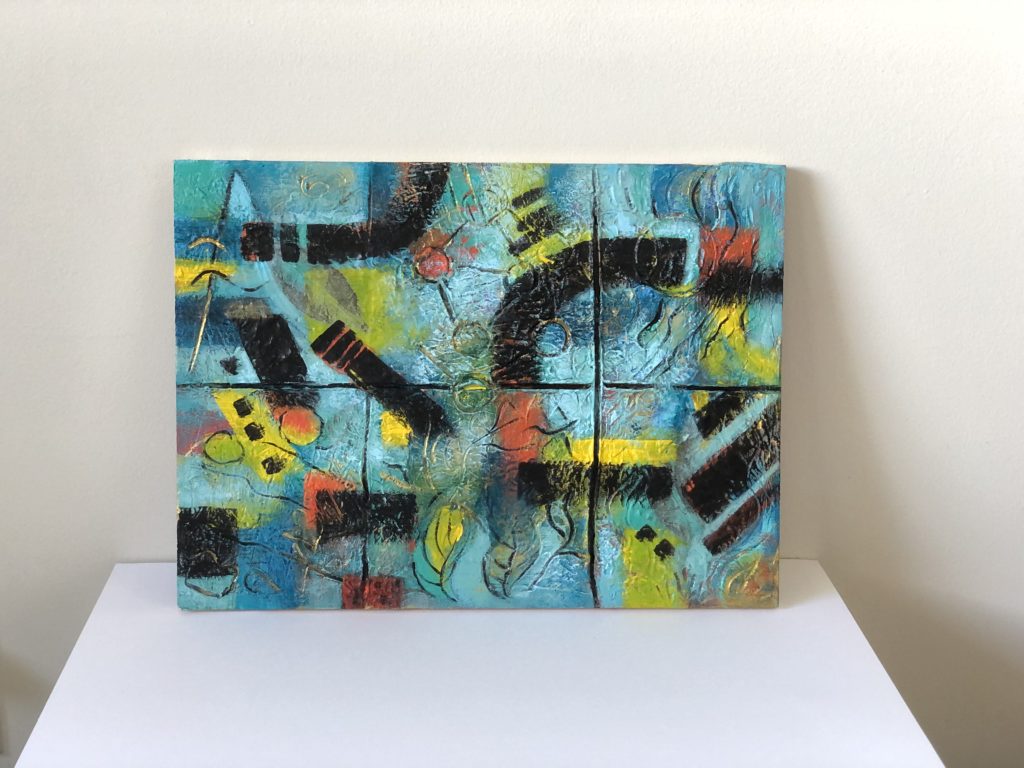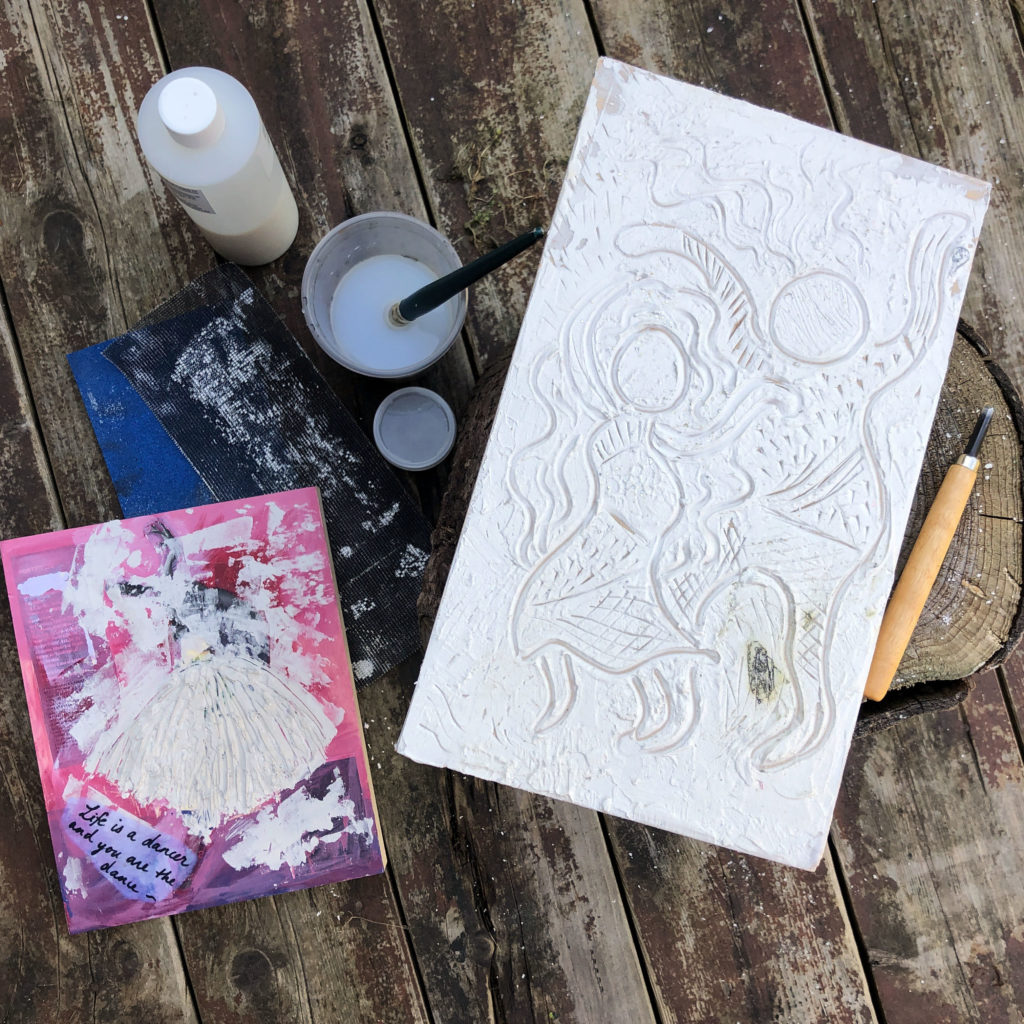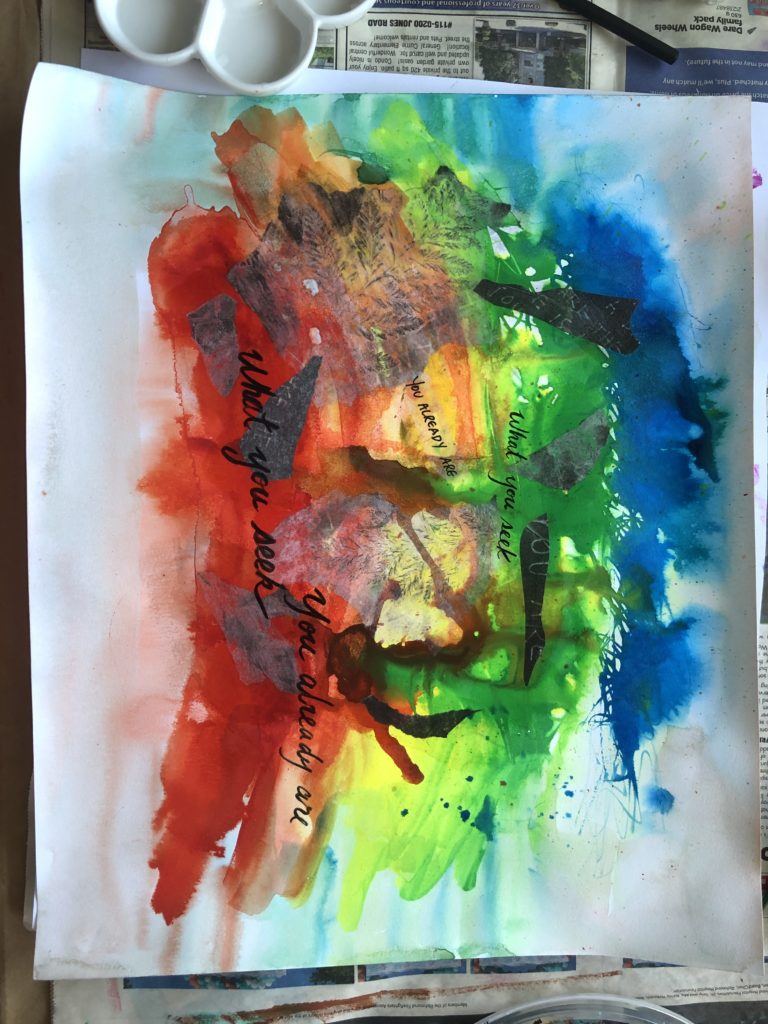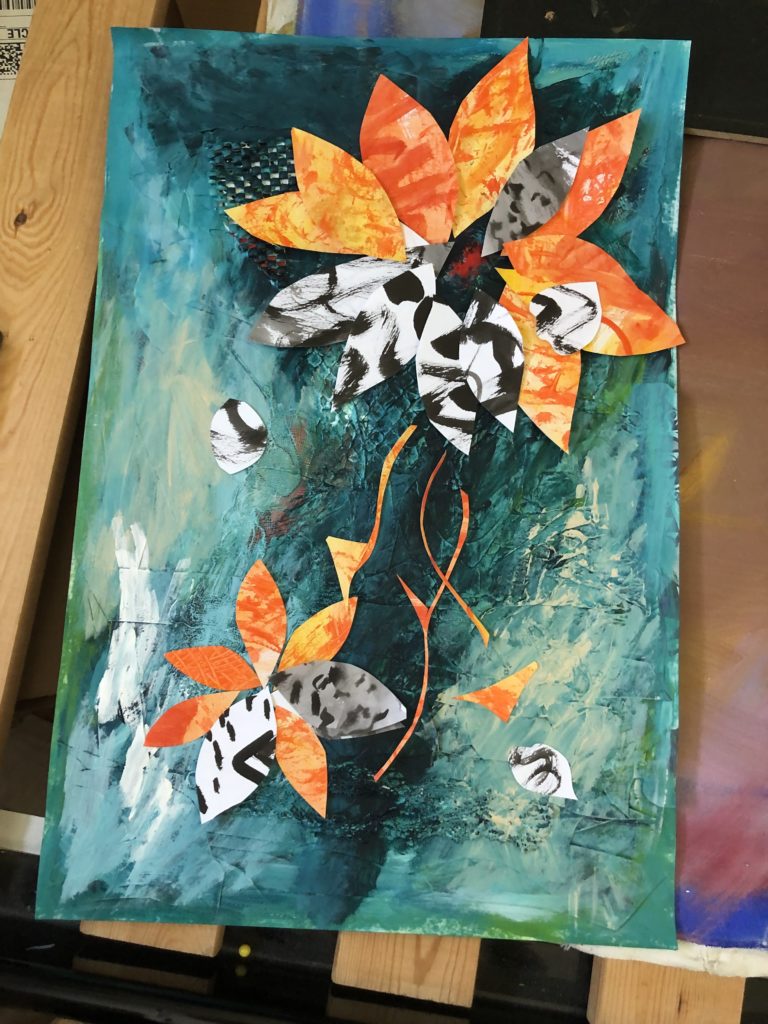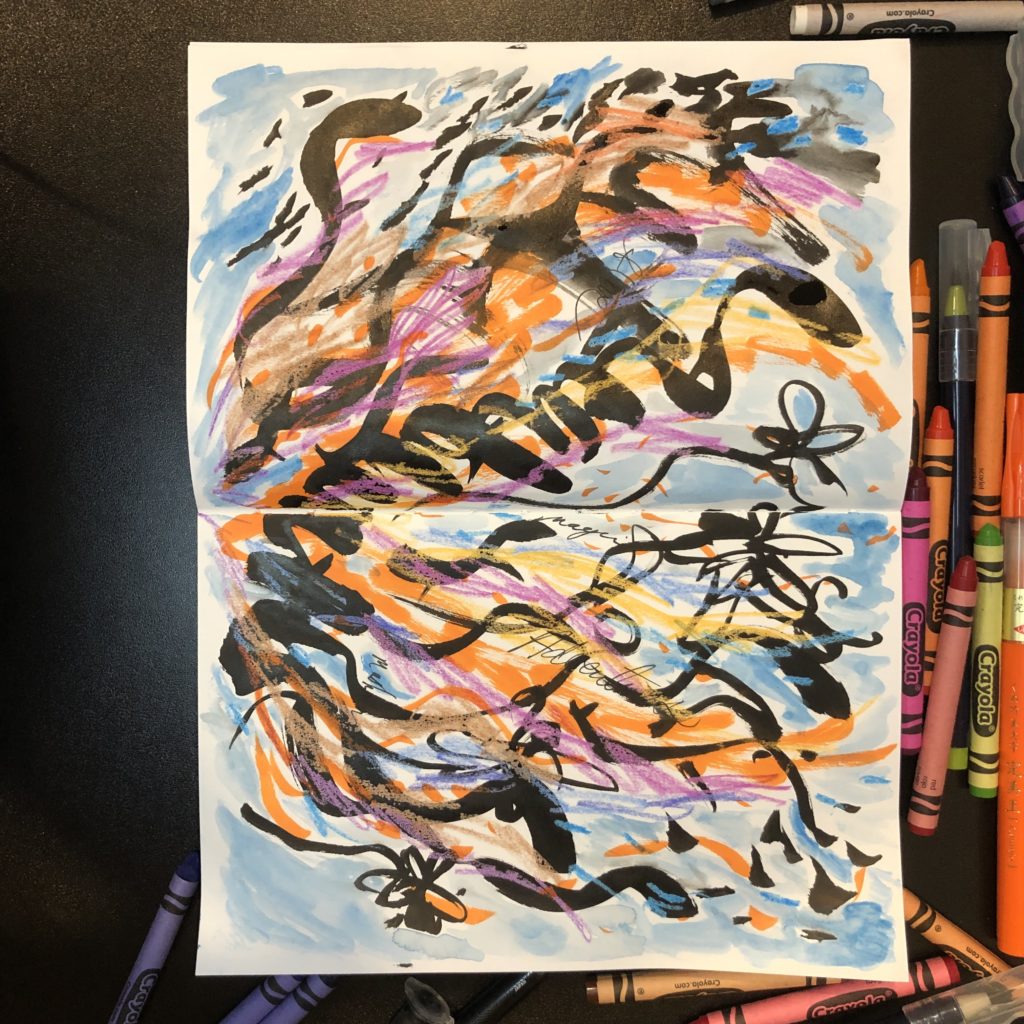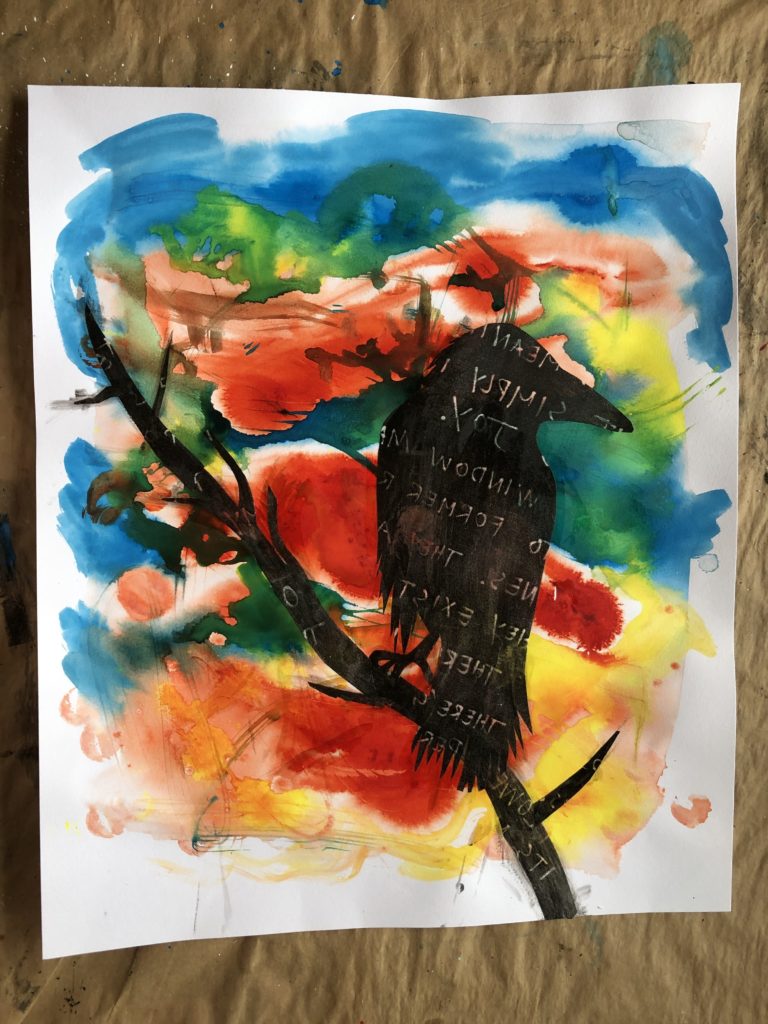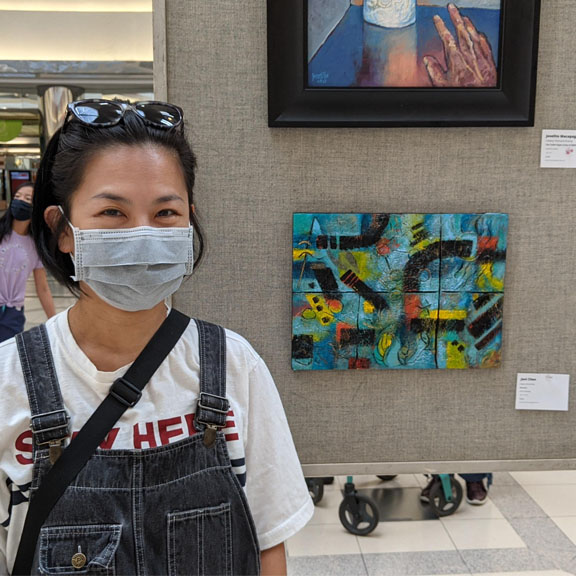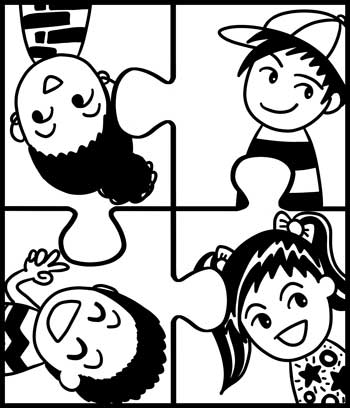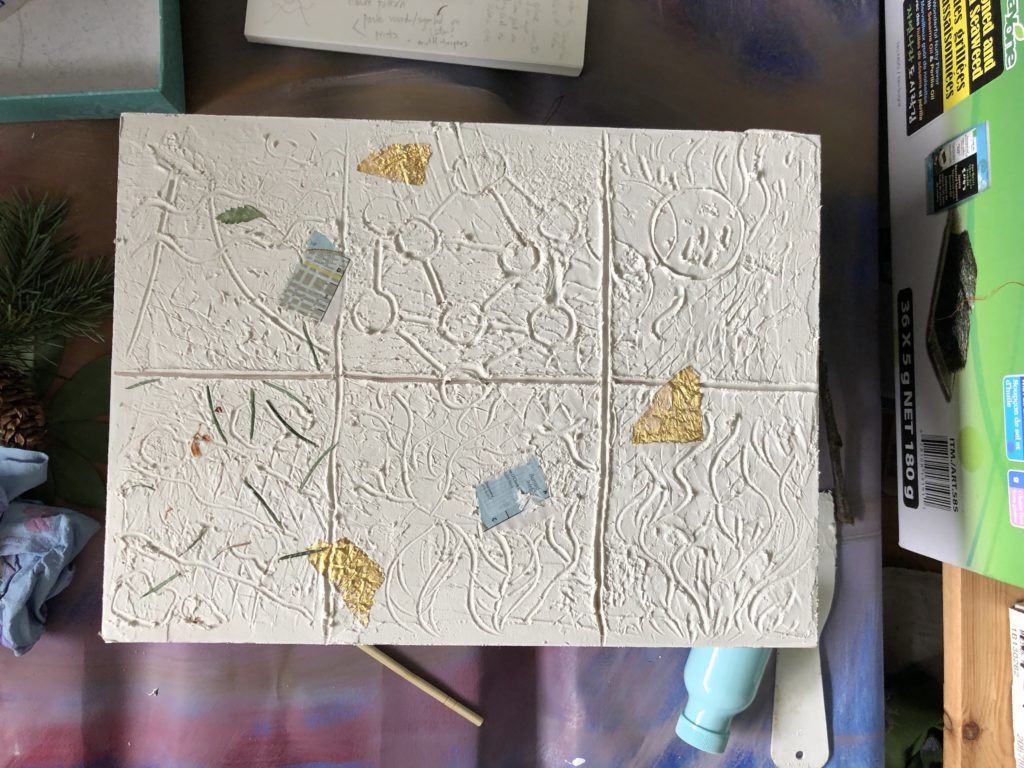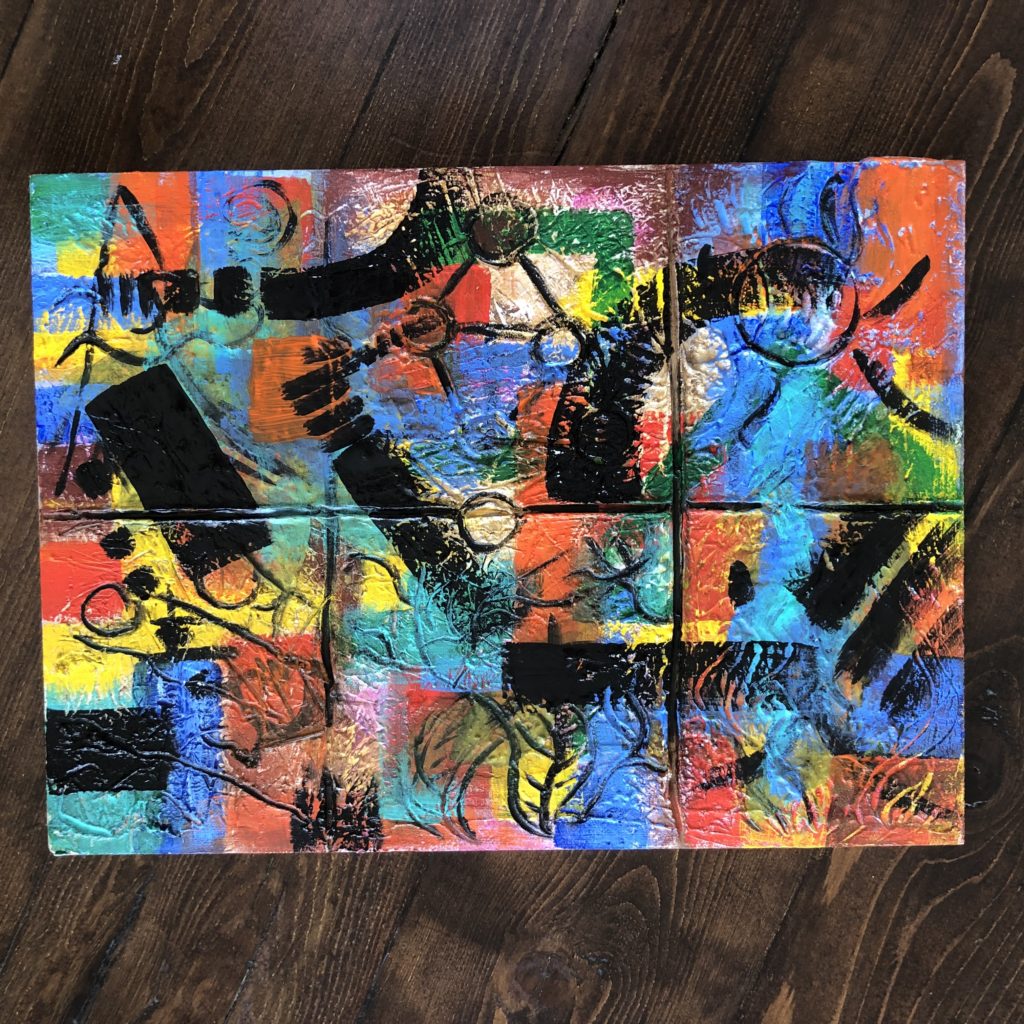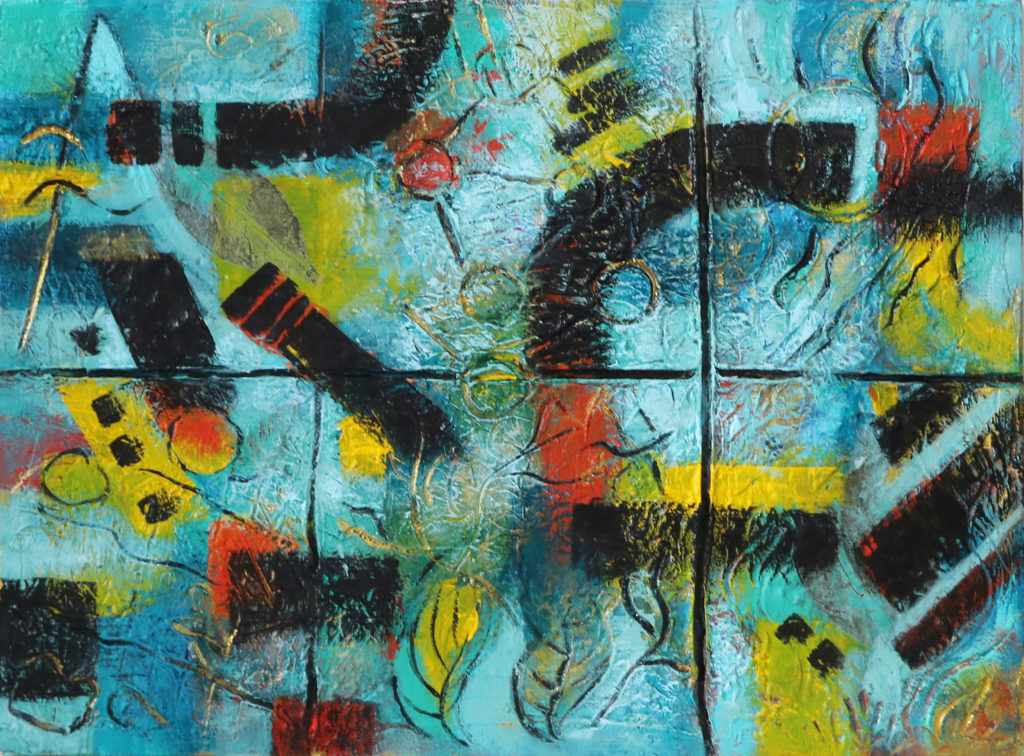It’s March already! My debut picture book Emet’s Box is coming out in less than a month on April 1st!
My publisher The Little Press helped me set up pre-orders of my book with a US bookstore The Wandering Jellyfish Bookshop (love the name).
Or you can pre-order my picture book on Amazon, Barnes and Noble and IndieBound.
For my Canadian friends, you can find Emet’s Box on Canadian Amazon link here.
There are so many details to take care of, I felt a bit overwhelmed and don’t know where to start. I’ve been reading about book launch and book promotion, etc. Here are some of the resources that I found helpful:
1. If you are SCBWI member, you can download “The Book – the essential guide to publishing for children.”
2. Your publisher probably has something to help you with – my publisher provided several Zoom sessions to help us learn the basics (I will organize my notes and share it on the blog someday).
3. Soaring 20’s has some great resources about how to start a release group to promote your books.
4. Diverse Voices’ DVdebut Program has some great resources and webinars for debut authors and illustrators.
5. Seth Godin’s advice for authors
6. Google book launch or book promotion/marketing
Here are my notes and checklist:
1. Release group – join or form release groups (I formed a group 15 months before my release date) Check out the resources by Soaring 20’s
2. Social media
- Actively follow influencers and target audience to build following
- Plan posts on social media (I wrote about my plan in this blog post)
- Set up LinkTree with pre-order links
- Book cover/info on social media (You can create your own graphic using Canva – see samples on my Twitter or Facebook page).

3. Website
- Plan blog content
- Post blogs on social media
- Book cover/info on website
4. Newsletters – read Seth Godin’s advice for authors to learn the value of email newsletters.
5. Cover Reveal (8 months before release, mine is done by my publisher)
+++
TO DO:
- Reach out to blog/podcast influencers – offer giveaway to their audience
- Events/festivals/tabling
- Contact local news outlets
- Send info to school for visits
- Contact libraries – offer signed books, author visits
- Contact bookstores – offer signed books, author visits
- Community Centers
- Co-promote with local businesses that are related to my book
- Put together street team
ONE MONTH BEFORE RELEASE (MARCH 1, 2022)
- Pre-order campaign – Graphics with title, cover, picture of all swag (bookmark, sticker, etc), publication date
- 2 promo posts on social media per week with pre-order link
- Guest interviews with bloggers/podcasters
- Events or live videos on social media with release group
- Consider advertise on social media to target audience
LAUNCH DAY (APRIL 1, 2022)
- Launch day event, book birthday
- Giveaways on social media (to promote book, website, blog, social media) – swag bag, limited edition art print, etc
- Ask street team to post reviews on Amazon/B&N/Goodreads and to share on social media/help boost promo posts
- Do as many events as possible this month (April 2022)
POST LAUNCH
- Share reviews on social media
- I have to do 10 school visits per my publishing contract
- Ask libraries to request my book Emet’s Box (Libraries may need to see some reviews before they will order)
As I am writing this blog post, I am doing some of them and checking off the list. And as I put together this list, it helped me organized the information and my thoughts. I tell myself that I can do a little bit everyday and they will add up. Hope this helps!
Leave a Comment



